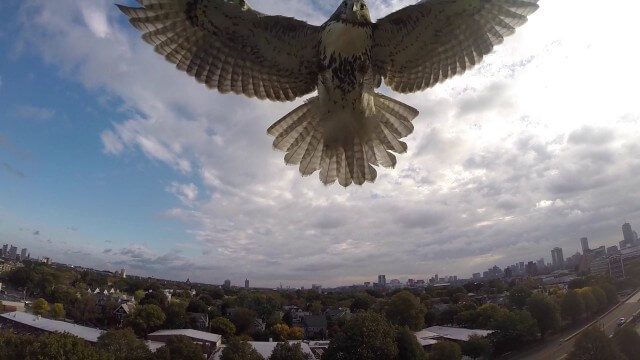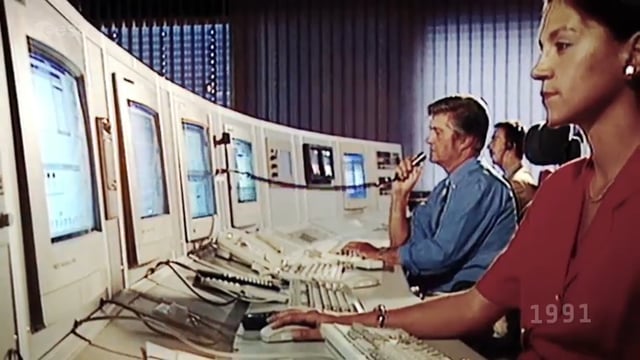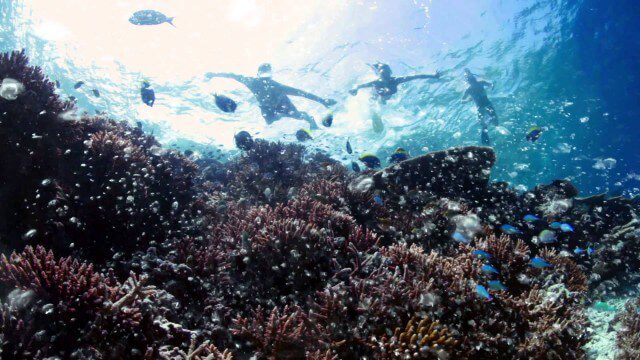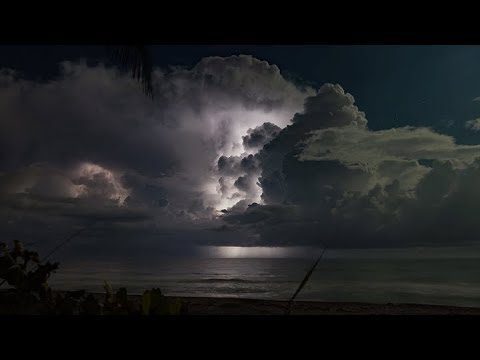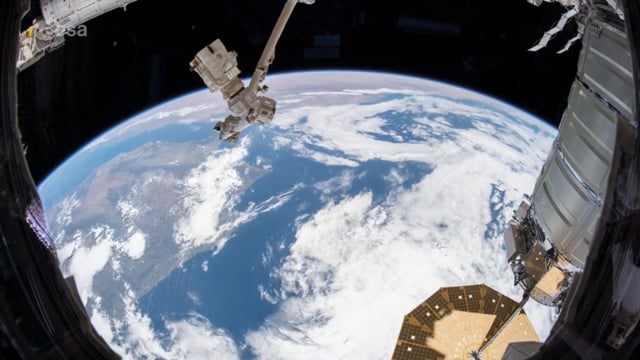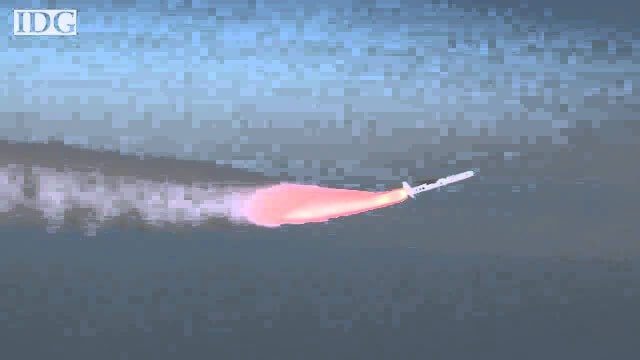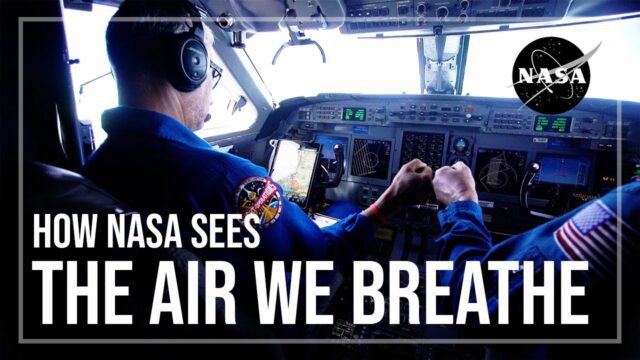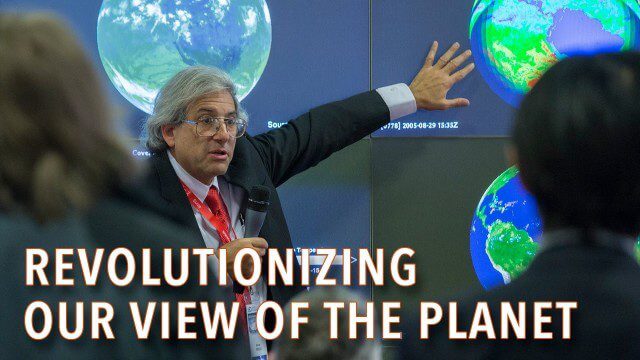Category: Found on the Internet
Hawk Attacks a Drone
0 Views0 Comments0 Likes
A hawk is recorded attacking (and defeating) an aerial drone.
Hello, Darmstadt?
0 Views0 Comments0 Likes
The European Space Operations Centre, ESOC, in Darmstadt, Germany, has served as Europe’s gateway to space for half a century. In 2017, the centre is celebrating its 50th anniversary, highlighting a rich history of achievement in space.
Help Protect Our Ocean
0 Views0 Comments0 Likes
Whether you live on the coast or hours from the closest beach, we all depend on the ocean. The ocean is critical to maintaining life on Earth, contributing to our livelihoods and our well-being. Yet, the ocean is facing significant challenges, such as unsustainable fishing practices, marine pollution, and ocean acidification. The good news is that there are solutions.
Helping Businesses and Communities Better Cope with Extreme Weather
0 Views0 Comments0 Likes
The U.S. Department of Energy's Argonne National Laboratory is helping organizations – including AT&T – and communities better prepare for and adapt to the impacts of climate change and extreme weather events.
High Tide Flooding
0 Views0 Comments0 Likes
Sea level rise is often spoken of in future terms, including projections for impacts we’re likely to see by the end of the century. But in many communities in the U.S., sea level rise is already a factor in people’s lives in the form of high-tide flooding.
Horizons Mission Time-Lapse from USA to Africa
0 Views0 Comments0 Likes
Join ESA astronaut Alexander Gerst for a quick flight from the USA to Africa aboard the International Space Station in this time-lapse.
How DARPA Is Planning Fast, Cheap Satellite Launches
0 Views0 Comments0 Likes
Called the Airborne Launch Assist Space Access or ALASA program, it would be able to send satellites weighing 100 pounds or less into low-Earth orbit within 24 hours for less than $1 million per launch.
How Joint Intelligence, Surveillance and Reconnaissance Works
0 Views0 Comments0 Likes
NATO continues to develop key capabilities to protect the security and freedom of its members. Joint Intelligence, Surveillance and Reconnaissance (JISR) is one of these capabilities. It is a combination of processes, systems, and people, including air, ground, maritime, and space assets, which feed into one “fused” report.
How NASA Sees the Air We Breathe
0 Views0 Comments0 Likes
NASA and NOAA, among other agencies, worked together this summer through the STAQS and AEROMMA missions to calibrate and validate NASA’s new TEMPO satellite. The satellite and missions combined aim to not only better ...
How Satellites Have Revolutionized Our Understanding of Our Home Planet
0 Views0 Comments0 Likes













